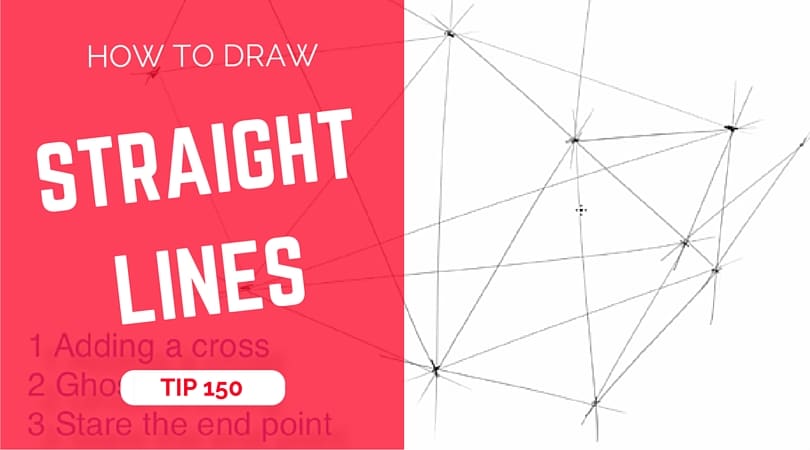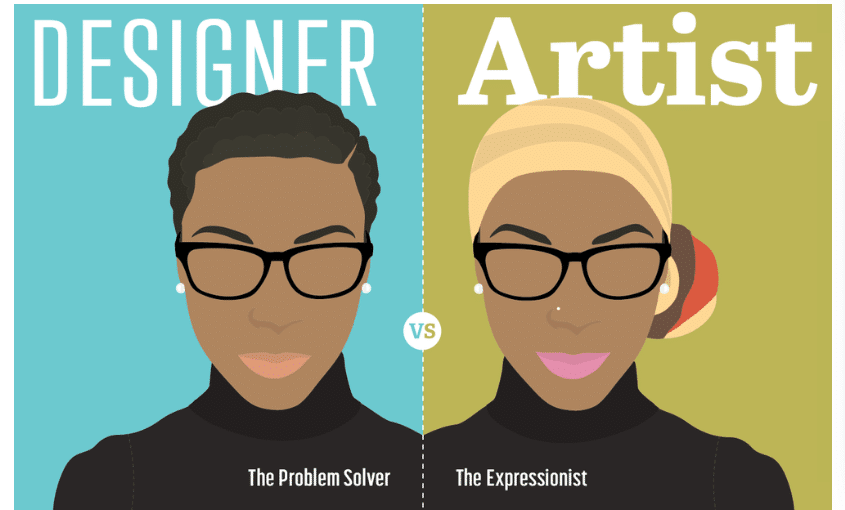
- Why Hiding Your Work Can Hurt Your Growth
- TIP: Pursue Your Dream, Even as a Beginner
- No Correlation Between Initial Sketching Level and Career Success
- Your Background Does Not Define Your Design Future
- Learning to Sketch Is Challenging but Possible
- Ambition, Humility, and Community
- Design Specialties You Can Choose
Are you a beginner student designer feeling lonely and stuck in your progress? That’s completely normal.
Most beginners feel shy when they start.
If you are in this situation and maybe introvert like me, do you tend to hide your design drawings and creations so no one can see your work?
Hiding may seem like the best way to protect yourself from criticism—after all, you can’t fail if nobody sees your work, right?
Why Hiding Your Work Can Hurt Your Growth
You need to realize that building this kind of fence around yourself is dangerous. It stops you from becoming the designer you dream of being.
Your lack of confidence might cause you to stagnate.
Today, I want to help you stop trapping yourself in an ivory tower.
Let me share my story, hoping it helps you stop building fences and start building bridges to connect with other students in your school.
TIP: Pursue Your Dream, Even as a Beginner
We all start as beginners. My design school didn’t recruit based on sketching skills, but rather on motivation and creative potential.
The school cared most about how passionate you were—not how well you could sketch yet. Sketching is a skill you can learn.
No Correlation Between Initial Sketching Level and Career Success
There was no direct correlation between initial sketching ability and career success after graduation.
Students could practice and dramatically improve their drawing skills.
I remember the entrance exam for my design school was a competition with limited seats.
The process included:
- A creative drawing test on paper (where the idea mattered more than sketch quality)
- A one-on-one motivational interview
My sketches were clumsy and amateurish! But I succeeded in communicating my ideas and passion for design, and I was selected.
Your Background Does Not Define Your Design Future
A few months later, when I started design school in Paris, I realized students came from diverse backgrounds and countries:
- Some had abandoned other studies (e.g., Engineering, Marketing)
- Some came from art schools
- Some were already design professionals or changing careers
- Most were 18 and just out of high school
- (I was 22 with a diploma in Business and IT)
What I loved was knowing that it’s never too late to start a design career!
The first year of the Master’s Degree in Design had no specialty yet. Students with multiple interests and various goals were mixed in one class, which led to interesting interactions.
Most students, however, didn’t know how to sketch at the start.
Learning to Sketch Is Challenging but Possible
Learning to draw wasn’t easy for me either.
But a few students stood out in each class. They inspired me, and we shared our passion for product design and became friends.
While some students chose to hide, I wanted to compete and learn from them.
I observed how they drew, learned their techniques, and studied together. We shared feedback on each other’s homework.
This approach kept my head high and pushed me to progress.
Ambition, Humility, and Community
Although our learning wasn’t optimal, as we had to figure a lot out ourselves, I aimed to be in the top 10% of students at school.
Even if you start as a beginner, be ambitious and humble.
Don’t take anything for granted. Instead, focus on positivity and feel gratitude. You’ll create miracles.
Design Specialties You Can Choose
In my design school, the specialties included:
- Product/Industrial Design
- Transport Design
- Video Games Design
- Fashion Design
- Visual Communication Design
- Art Design and Luxury
I hope these insights motivate you to stop hiding and start connecting with others. Your passion and community will make a big difference!
Cheers,
Chou-Tac















Add comment